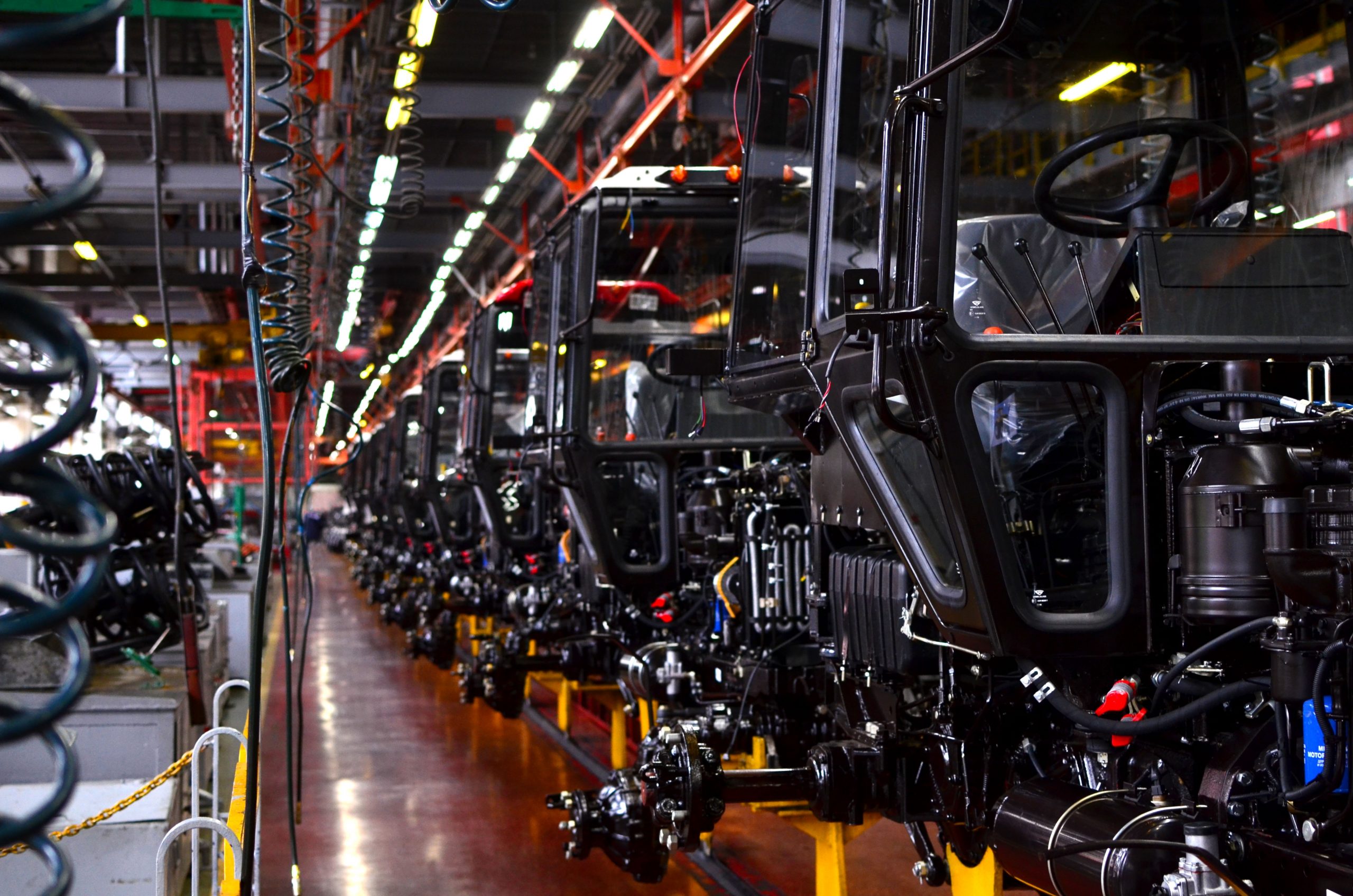The digital twin is a digital technology that has been widely used by industry in a variety of applications. A digital twin is a virtual replica of a real asset that has a continuous flow of data between the two parties. The connectivity provided by the technology is one of the many reasons it has been incorporated into many functions in different industries.
Read on: Not familiar with a digital twin? Click here and understand the key concepts behind this technology.
In this blogpost, we will show you 4 types of digital twin applications in the industrial sector.
Smart Cities
Smart cities have rapidly gained popularity and prominence in recent years. The concept is to gather data through sensors for the efficient management of assets and resources. In this process, the digital twin is applied as the central responsibility for managing information in real-time. This way, government agencies can have at hand the necessary information to perform several actions, such as:
- Perform maintenance or replacement of broken assets;
- Monitor the flow of people in certain regions;
- Predict traffic jams;
- Identify patterns to promote public policies.
The digitalization of a city makes the processes faster, more agile, and more assertive.
Manufacturing
The manufacturing sector is one of the leaders in the use of digital twin. Technology can play several roles within this type of industrial operation, bringing great results and benefits.

Among the main advantages of using digital twin amidst a production line are:
- Improved project management;
- Control over product development;
- Asset life cycle data.
In addition, the optimized management of resources and activities in the field provides greater assertiveness in the actions and less time in performing tasks, and the identification of bottlenecks in production.
The benefits can be summarized in a complete view of what happens in the operation, with key indicators capable of measuring the quality of the products produced, and resources involved in its production.
Aerospace
This sector was one of the pioneers in applying the Digital Twin. The search for the development and improvement of projects based on virtualization was fundamental for the development of digital twin technology in this type of operation.

The predictive capability of the technology allowed simulations and tests to be performed on their products even before they were manufactured.
For the aerospace sector, the capacity of digital simulation with real conditions is fundamental to increase the efficiency, and especially the safety of their products.
Maintenance
For the maintenance sector, the digital twin has one of the greatest benefits possible for an industrial sector.

Considering that maintenance is a fundamental process in any operation, the advantages generated by digitalization have as a result of the extension of the life cycle of an asset, in order to avoid failures, and consequently, avoid costs. The digital twin technology has the role of generating more control and operational reliability through real-time data.
Conclusion
Despite being a recent technology, the Digital Twin has many benefits for applications in a wide range of segments or industrial sectors.
Its application can range from smart cities to manufacturing and equipment maintenance. No matter what the end goal is, the digital twin proves to be a robust enough technology to deliver results.
If you want to understand more about the Digital Twin’s applications in industry, fill out the form below to download our brochure regarding its benefits and real results!



